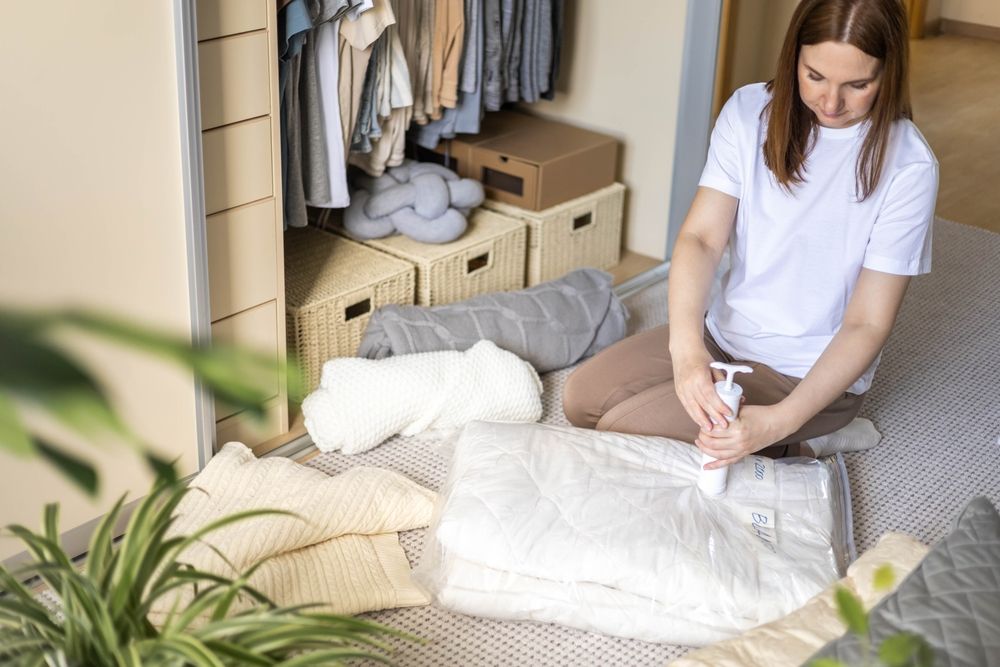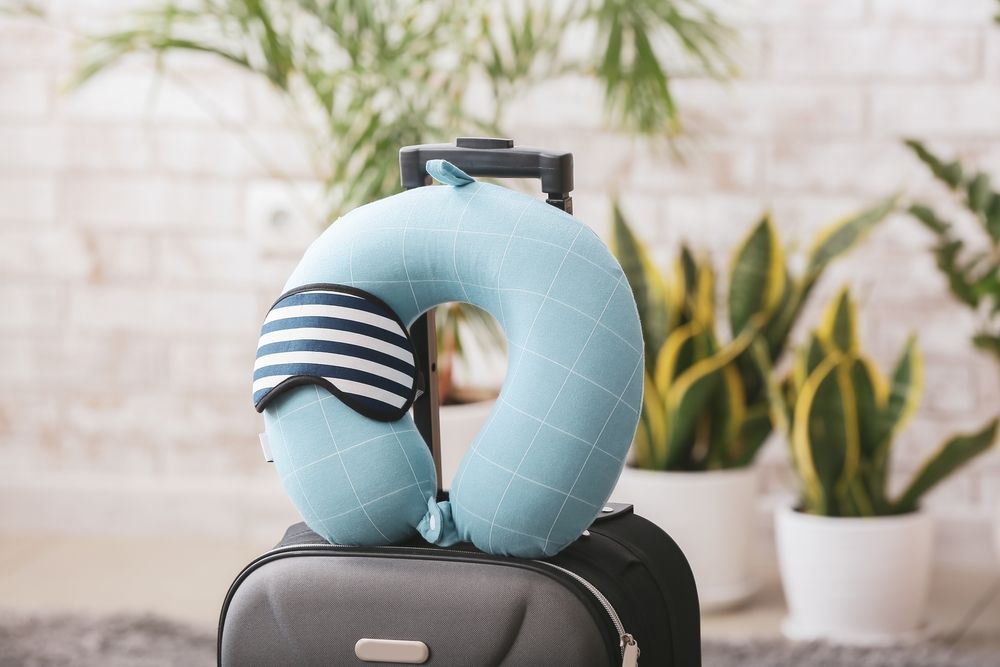Finding enough storage is one of the biggest challenges in any home. From cluttered closets and overflowing cabinets to cramped garages, it’s easy to feel like you’re running out of room. The natural response is to buy expensive organizers or invest in new furniture—but that’s not the only solution. With a little creativity, smart planning, and a few budget-friendly tricks, you can make your home feel bigger, neater, and more functional without spending a fortune.
Start by Decluttering
Before thinking about storage, start by reducing what you need to store.
-
Sort items room by room: Identify what you use often versus what’s just taking up space.
-
Follow the “one-year rule”: If you haven’t used something in a year, consider donating or selling it.
-
Group similar items together: Seeing how much you have helps avoid duplicates.
-
Recycle or repurpose: Turn old boxes, jars, or baskets into storage containers instead of throwing them out.
-
Host a garage sale: Free up space while earning money to reinvest in storage solutions.
Decluttering first prevents you from buying storage for things you don’t really need.
Repurpose Household Items as Storage
You don’t have to spend on expensive organizers when you already own items that can do the job.
-
Use old jars and tins: Perfect for pantry staples, small tools, or craft supplies.
-
Turn shoeboxes into drawer organizers: Wrap them in fabric or paper for a neat look.
-
Repurpose baskets: Great for towels, blankets, or magazines.
-
Use suitcases as hidden storage: Keep seasonal clothes or bedding inside vintage luggage.
-
Convert glass candle jars: Clean and reuse them for office supplies or bathroom items.
Reusing what you already have keeps costs down while keeping your space organized.
DIY Custom Storage Solutions
You can build functional, attractive storage with inexpensive materials and basic tools.
-
Wood crates and pallets: Stack or mount them to create rustic shelves or storage walls.
-
PVC pipes: Cut and glue sections together for shoe or accessory organizers.
-
Floating shelves: A few boards and brackets can create stylish vertical storage for minimal cost.
-
Under-bed drawers: Attach wheels to old drawers for easy roll-out storage.
-
Cubbies made from boxes: Reinforce cardboard boxes and cover them with fabric for lightweight shelving.
DIY projects give you customized solutions that cost far less than store-bought furniture.
Maximize Vertical Space
Most homes have unused vertical space that can double your storage capacity.
-
Install shelves above doors: Great for books, baskets, or extra toiletries.
-
Use tall bookcases: Floor-to-ceiling storage helps minimize clutter.
-
Hang pegboards: Perfect for tools, kitchenware, or craft supplies.
-
Add wall hooks or racks: Use for coats, bags, or even cleaning supplies.
-
Mount baskets on walls: Adds charm and function without taking up floor space.
Going vertical saves space, keeps floors clear, and often costs less than large furniture.
Optimize Hidden and Underused Areas
Look for overlooked spaces in your home that can double as storage zones.
-
Under the bed: Store shoes, linens, or off-season clothes in boxes or rolling bins.
-
Behind doors: Hang organizers for shoes, cleaning products, or accessories.
-
Under stairs: Create built-in drawers or add shelves.
-
Above kitchen cabinets: Display baskets or jars for extra items.
-
Inside furniture: Ottomans and benches with storage add hidden space for a small price.
Turning “dead” space into functional storage is one of the most cost-effective home hacks.
Shop Smart for Storage Items
If you do need to buy new organizers, there are smart ways to save.
-
Compare prices online: Big-box retailers often have online-only discounts.
-
Check dollar stores: Great for bins, baskets, and drawer organizers.
-
Shop during seasonal sales: Home storage products often go on sale in January and August.
-
Visit thrift stores: You can find quality furniture or containers for a fraction of retail cost.
-
Buy modular systems: Adjustable and expandable units grow with your needs instead of replacing them later.
Strategic shopping helps you get more storage for less.
Use Multipurpose Furniture
Furniture that doubles as storage is both practical and affordable in the long run.
-
Storage ottomans: Hide blankets, toys, or magazines while providing extra seating.
-
Beds with drawers: Ideal for small bedrooms to reduce the need for dressers.
-
Benches with compartments: Great for entryways and mudrooms.
-
Coffee tables with shelves: Keep remotes, books, and coasters organized.
-
Convertible desks: Fold up or hide supplies in compact spaces.
Choosing multipurpose pieces saves space and eliminates the need to buy extra organizers.
Label Everything
Clear labeling helps maintain order and saves money by preventing duplicate purchases.
-
Use inexpensive labels: Printable templates or masking tape work fine.
-
Label bins by category: Makes finding things quick and easy.
-
Color-code if needed: Ideal for shared spaces like kitchens or garages.
-
Use erasable tags: So you can reuse containers for different purposes later.
-
Keep it simple: Avoid overly fancy labeling systems that cost more than they help.
A good labeling habit keeps your storage system efficient for the long haul.
Rent or Share Storage Wisely
If you truly need extra space, you can still save.
-
Share storage with family: Split a larger unit or garage space to reduce costs.
-
Use short-term rentals: Only rent for seasonal or temporary needs.
-
Declutter before renting: Avoid paying to store things you’ll never use again.
-
Check local sharing apps: Some communities offer affordable peer-to-peer storage rentals.
-
Consider attic or basement space: Reorganize what you already have before paying for outside storage.
Renting strategically ensures you only pay for storage when it truly makes sense.
Common Mistakes to Avoid
-
Buying storage before decluttering: Leads to wasted space and money.
-
Overorganizing: Too many containers can actually make access harder.
-
Ignoring hidden areas: Underutilized nooks can save you from buying new furniture.
-
Choosing style over function: Trendy bins may look great but hold less.
-
Neglecting maintenance: An unkept system turns chaotic—and costly—fast.
Avoiding these mistakes helps your space-saving setup remain efficient and affordable.
You don’t need to spend big to create a well-organized, clutter-free home. By repurposing what you already own, building DIY solutions, and making the most of vertical and hidden spaces, you can save both money and square footage. Smart shopping and multipurpose furniture maximize functionality without sacrificing style. With a little creativity and organization, your home can feel bigger, brighter, and better—without breaking your budget.





